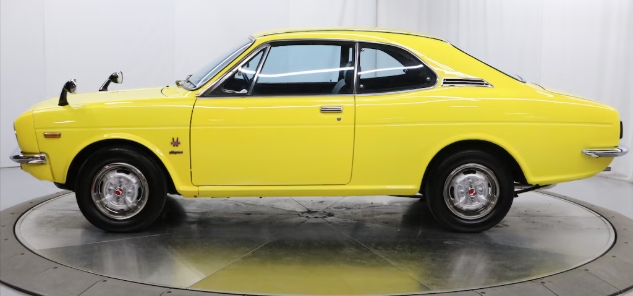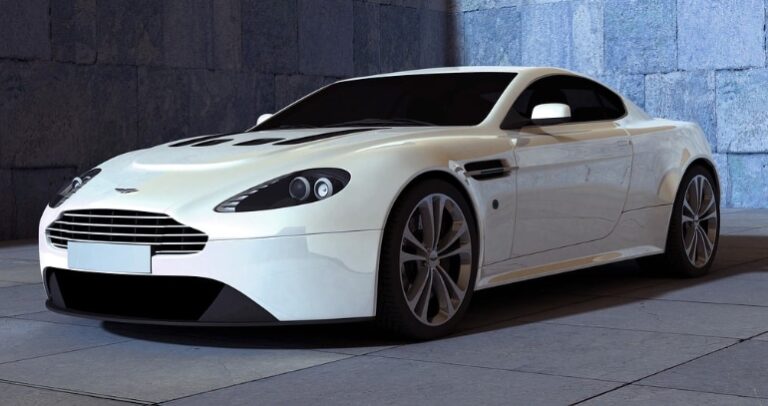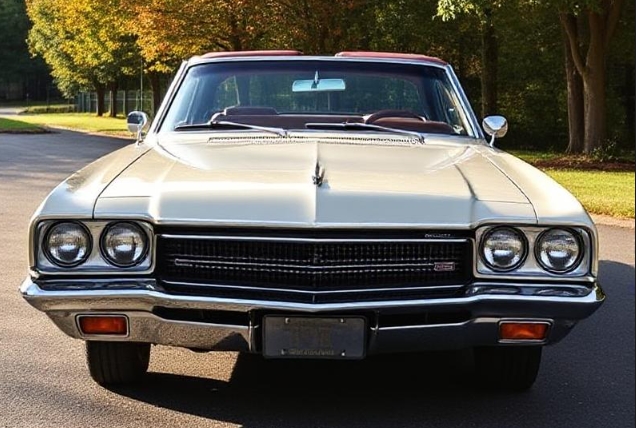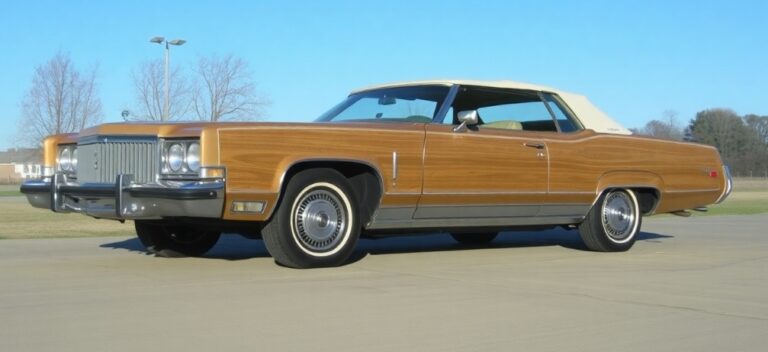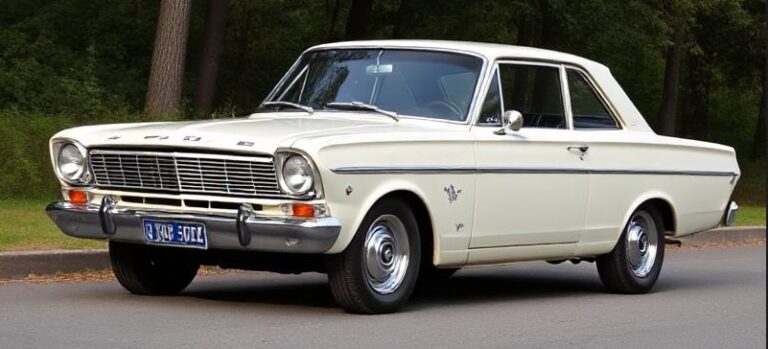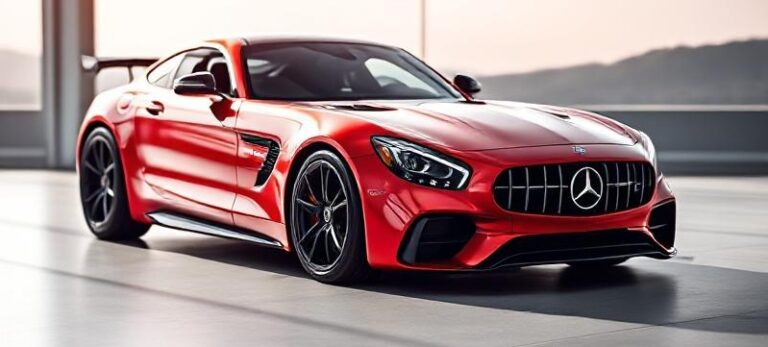The Uncompromising Vision: The Evolution of the Honda 1300
In the pantheon of automotive history, some cars are remembered for their runaway sales success, others for their breathtaking beauty, and a select few for being audacious, technologically brilliant dead ends. The Honda 1300 falls squarely and fascinatingly into that final category. Produced for just a few short years, it was a car born from the singular, uncompromising vision of the company’s founder, Soichiro Honda. It was a technical masterpiece, an engineering statement, and a commercial challenge that ultimately taught Honda invaluable lessons, paving the way for the global giant we know today.
A Vision Forged in Air
By the late 1960s, Honda had conquered the world of motorcycles. Its reputation was built on high-revving, exquisitely engineered, and, crucially, air-cooled engines. The company had also found success with its small N360 and N600 kei cars, which also utilized air-cooled powerplants. When Soichiro Honda decided it was time to build a proper family-sized sedan to compete with the likes of the Toyota Corona and Nissan Bluebird, he was adamant that it would follow the same engineering philosophy. To him, water-cooling was a crutch—a needlessly complex, heavy, and leak-prone system. Air, he argued, was the purest and most elegant solution.
This belief became a point of intense internal conflict. His younger engineers, many of whom would become future leaders of the company, saw the writing on the wall. The industry was moving toward water-cooling for better emissions control, more consistent operating temperatures, and quieter operation. They argued passionately for a water-cooled engine, but Mr. Honda would not be swayed. Legend has it that in a heated meeting, he furiously declared, “As long as I am president, Honda will only make air-cooled cars!” His will was law, and the project proceeded under his direct and obsessive supervision. The goal was not merely to build an air-cooled family car, but to build the most advanced air-cooled car the world had ever seen.
The Heart of the Matter: The DDAC Engine
The result of this mandate was the Honda 1300, which made its public debut at the Tokyo Motor Show in October 1968, before going on sale in May 1969. The star of the show, and the car’s entire reason for being, was its revolutionary engine.
The 1298cc, single overhead camshaft (SOHC) inline-four was an all-aluminum work of art. To solve the inherent challenges of cooling a relatively large-displacement four-cylinder engine with only air, Honda developed a system called DDAC (Duo Dyna Air Cooling). This was not a simple fan-on-a-shroud system. It was a complex, integrated solution that demonstrated Honda’s engineering prowess.
The “Duo” in the name referred to its two-pronged approach. First, a large, thermostatically controlled fan, mounted on the end of the crankshaft, forced a massive volume of air through a shroud and over deeply finned cylinder barrels, much like a contemporary Porsche or Volkswagen. The “Dyna” referred to the dynamic second part of the system. Instead of a conventional wet-sump oil pan, the engine used a dry-sump lubrication system, a feature typically reserved for racing cars. This system circulated oil not just for lubrication, but also for cooling.
The genius of DDAC was that the main engine block casting had intricate, finned passages within the oil pathways. The same stream of air that cooled the outside of the cylinders was also ducted to cool the finned block, effectively turning the entire engine structure into an enormous oil cooler.
This ambitious design allowed the 1.3-liter engine to produce staggering power figures for its time, all while remaining air-cooled. It was, in essence, Soichiro Honda’s magnum opus, a validation of his engineering philosophy.
The First Wave: The Sedans (1969 – 1972)
The Honda 1300 launched exclusively as a four-door sedan, offered in two distinct series based on engine tune. The car itself was modern, featuring front-wheel drive, four-wheel independent suspension (MacPherson struts in the front, a unique strut and transverse leaf spring arrangement in the rear), and rack-and-pinion steering.
Honda 1300 Series “77”
Engine: The base engine configuration featured a single Keihin carburetor.
Power: It produced a very healthy 100 PS (99 hp) (JIS), giving it performance that could trouble cars with significantly larger engines.
Trim Levels:
Standard: The most basic model, offering the core engineering without frills.
Deluxe: An intermediate step up, adding more comfortable appointments and exterior brightwork.
Custom: The top-tier “77” trim, featuring the most luxurious interior materials and full instrumentation. A three-speed Hondamatic automatic transmission became an option on this series later in its run.
Honda 1300 Series “99”
Engine: This was the high-performance model, a true “wolf in sheep’s clothing.” It was fitted with a bank of four Keihin CV (constant velocity) carburetors, one for each cylinder.
Power: This setup unleashed a remarkable 115 PS (113 hp) (JIS) at a screaming 7,300 rpm. This level of specific output (nearly 89 hp per liter) was unheard of for a mainstream sedan engine in 1969 and was comparable to contemporary Porsche 912s.
Trim Levels:
Deluxe: The entry point for the high-performance engine.
Custom: A more luxurious version of the quad-carb model.
S (Sport): The definitive performance model. It featured unique badging, often a sportier steering wheel, and a full set of gauges, including a tachometer, to monitor the high-revving engine.
Initial reception was one of awe at the engine’s performance and sophistication. However, storm clouds were gathering. The DDAC engine, with its extensive finning, dry-sump tank, and massive fan assembly, was incredibly heavy—weighing more than many contemporary water-cooled 1.6-liter engines. This mass, placed entirely over the front wheels, gave the car a pronounced front weight bias, leading to significant understeer when pushed hard. Furthermore, the complexity made it expensive to produce, pushing the 1300’s sticker price uncomfortably high.
The Pursuit of Style: The Coupe Arrives (1970 – 1972)
In February 1970, Honda expanded the lineup with the introduction of the stunning Honda 1300 Coupe. With its pillarless hardtop design, aggressive “handlebar mustache” front grille, and futuristic, aircraft-inspired dashboard that wrapped around the driver, the Coupe was a dramatic and stylish machine. It was built on a slightly shorter wheelbase than the sedan and instantly became the more desirable of the two body styles.
The Coupe was also offered in two engine series, initially mirroring the sedans, though the naming convention was often simplified to Coupe 7 and Coupe 9.
Honda 1300 Coupe 7
Engine: Single carburetor, 100 PS.
Trim Levels: Deluxe, Custom, and S.
Honda 1300 Coupe 9
Engine: Quad carburetors, 115 PS.
Trim Levels: Deluxe, Custom, and S. The Coupe 9S was the definitive sporting statement of the range, a true Japanese muscle car in miniature.
Later in the production run, a top-tier GTL (Grand Touring L) trim was added to the Coupe 7, combining the more tractable single-carb engine with the most luxurious appointments, including features like an integrated radio and plush upholstery, positioning it as a comfortable long-distance tourer.
.
THIS might be a great place to get your new car from!
Or for those who are into the “car flipping” business, here’s an excellent resource for you!

.
The Unraveling and The Legacy
Despite the beautiful Coupe and the incredible engine, the Honda 1300 never achieved the sales success Honda had hoped for. The fundamental problems remained: it was too heavy, too expensive, and its handling was compromised by the engine’s weight. The market was also definitively shifting. Noise regulations and tightening emissions standards were making sophisticated air-cooled engines like the DDAC increasingly difficult and costly to certify.
By 1972, the writing was on the wall. The Honda 1300 was quietly discontinued. In a move that signaled a major philosophical shift, Honda released its successor, the Honda 145. This car was, for all intents and purposes, a Honda 1300 body fitted with a new 1433cc water-cooled engine. The founder had finally conceded.
The failure of the 1300 to conquer the market was, paradoxically, one of the most important moments in Honda’s automotive history. It was a crucible that forged a new path. It taught the company that engineering brilliance alone does not guarantee a successful product. A car must also be lightweight, efficient, affordable, and perfectly suited to the needs of its time.
Freed from the air-cooled mandate, Honda’s engineers took these lessons and, in that very same year of 1972, launched a completely new car: a small, light, efficient, and brilliantly packaged front-wheel-drive hatchback with a water-cooled engine. They called it the Civic.
The Honda 1300 stands as a monument to the genius and stubbornness of Soichiro Honda. It was the last major project over which he exerted such direct, personal control. While it may be a footnote in the grand narrative of automotive sales charts, it is a headline chapter in the story of Honda’s evolution. It was a brilliant, uncompromising vision that had to fail so that its successor could change the world.
